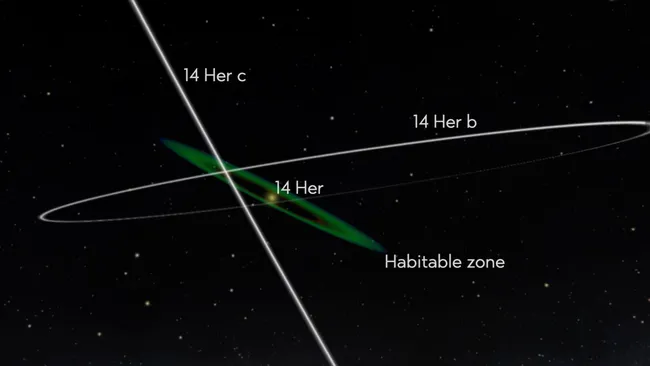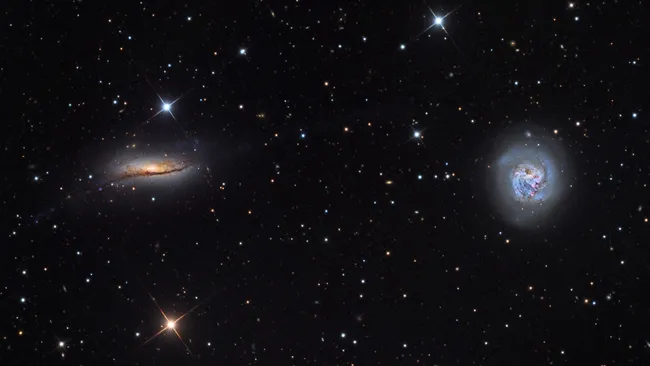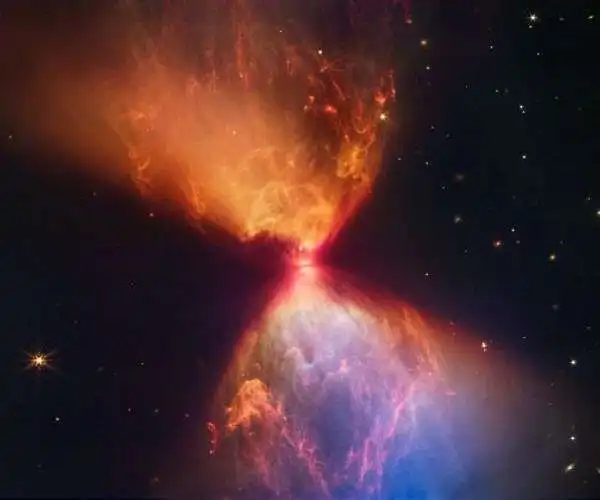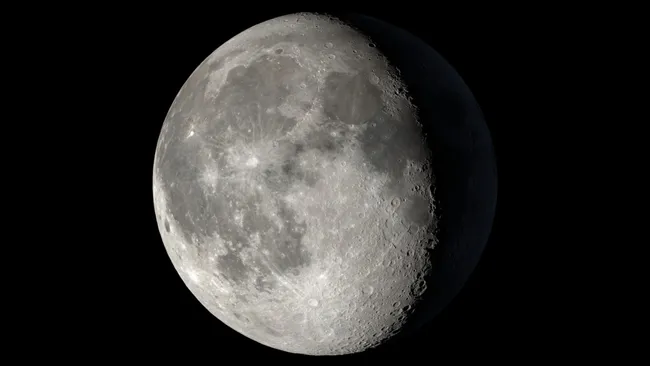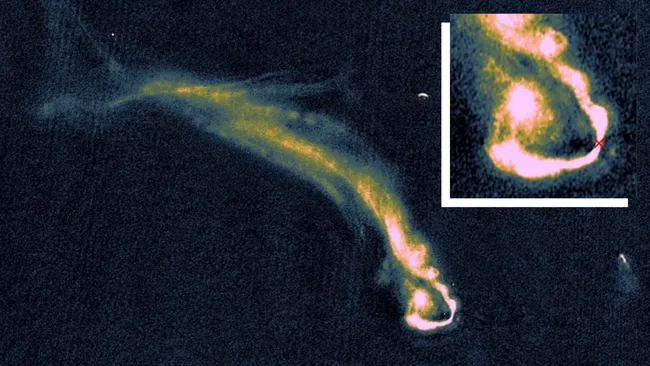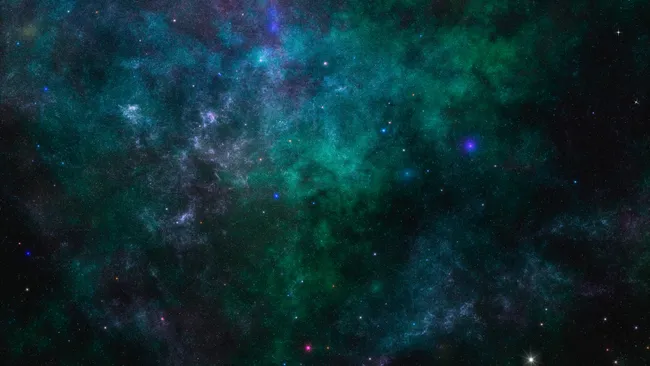The James Webb Space Telescope (JWST) has reached another major milestone, capturing a direct image of a distant and icy exoplanet in a solar system far different from ours, according to astronomers on Tuesday, June 10.
The exoplanet — named 14 Herculis c (or 14 Her c) — orbits a sun-like star about 60 light-years away in the constellation Hercules. In the newly released JWST image, it appears as a faint, fuzzy orange dot, with its hue resulting from infrared heat emissions rendered into visible light.
Researchers estimate 14 Her c formed around 4 billion years ago and has a chilly atmospheric temperature of just 26°F (–3°C). It orbits its star at a staggering distance of 1.4 billion miles (2.2 billion kilometers) — approximately 15 times farther than Earth is from the Sun. In our own solar system, this would place it between Saturn and Uranus.
A Planetary System in Chaos
Unlike the neatly arranged orbits in our solar system, the 14 Herculis system is severely misaligned. The two known planets — including 14 Her c — orbit their star at angles about 40 degrees apart, forming an unusual “X”-shaped crossing path. Astronomers believe this bizarre setup may be the result of a violent gravitational past, potentially involving the ejection of a third massive planet, which left the survivors in a long-term orbital tug-of-war.
“These wobbles appear to be stable over long timescales,” said lead researcher Matthew Balmer. “We’re trying to understand what kind of planet-planet scattering events could lead to such exotic orbital configurations.”
A Rare Direct Image
Only a tiny fraction of the nearly 6,000 known exoplanets have ever been directly imaged, mostly because they’re too faint, especially next to their blindingly bright host stars.
“It’s like trying to spot a firefly next to a lighthouse,” Balmer explained. Most directly imaged exoplanets tend to be young, hot gas giants that glow brightly in infrared light, making them easier to pick out. 14 Her c, being older and colder, posed a far greater challenge.
But thanks to its tilted orbit and distance from its star, the planet turned out to be perfectly positioned for imaging. Using JWST’s coronagraph — a starlight-blocking device — the team isolated its faint heat signature in infrared wavelengths.
“We’re now able to expand our catalog of directly imaged exoplanets to include older and colder worlds than ever before,” Balmer said.
A Planet Cooler Than Expected
Surprisingly, the planet appeared much fainter than expected based on its age (4 billion years) and estimated mass (seven times that of Jupiter). The discrepancy doesn’t necessarily mean planetary evolution models are flawed.
Instead, JWST’s atmospheric readings revealed carbon dioxide and carbon monoxide where scientists expected methane, suggesting strong vertical mixing is bringing hotter gases from deep within the planet up to its upper atmosphere. These gases — along with possible thin icy clouds — are trapping heat, preventing it from radiating into space and making the planet seem colder and dimmer than models predicted.
Redefining Planetary Science
With the discovery of 14 Her c, scientists are gaining deeper insight into the diversity of planetary systems and the complex forces that shape them.
“We want to understand how planets evolve because ultimately, we want to understand how our own solar system came to be,” Balmer concluded.

